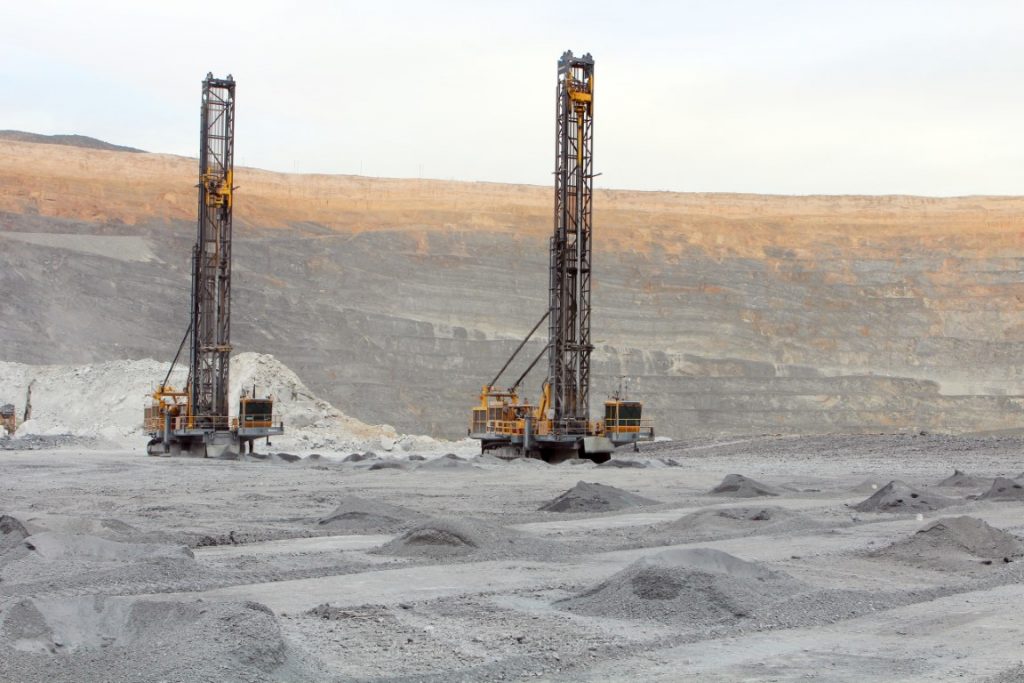Expert input not lost in drive for automation
Mark Roberts, Business Manager – Mine Operations, Maptek & Adrian Boeing, Automation Manager, Epiroc
Recently, industry interest has renewed in harnessing Measurement Whilst Drilling (MWD) data to improve planning, validate the resource model, optimise blasting and determine geotechnical structures. This is due to automation technologies maturing, which improves the reliability and simplifies the process of using MWD data both onboard the drill, and with the software applications.
The challenge with MWD data is that it is subject to variability introduced from the drill operator, the drill calibration, the drill hydraulics, and the bit properties. Compounding this variability, is a failure to apply robust processes and using manual techniques to manage this data upstream and downstream to drive the business outcomes.
To resolve this challenge Maptek and Epiroc have cooperated to provide an automated and integrated solution to streamline data transfer from an Epiroc drill through to Maptek’s BlastLogic and Eureka applications.

Epiroc Pit Viper (image courtesy Epiroc)
Unlike manned drills, Epiroc’s autonomous drills operate consistently receive input on the drill bit, and have a consistent calibration for drilling algorithms responding to ground conditions. This results in reliable MWD data that is truly representative of the ground.
Maptek Eureka automatically assigns lithology boundaries from MWD or downhole geophysical data to enable accurate modelling of material properties, such as identifying coal seams. Using this technique on faulted, dipping and highly variable coal seams has proven to be very accurate and reliable compared to traditional touch-coal depths recorded by the drill operator.
This significantly reduces the amount of time needed to prepare and visualise the data.
The challenge for the industry is extending the use of this technique to other strata targets, as discussed in Maptek’s earlier blog, in particular accurately interpreting more subtle differences in rock types, ore-grade boundaries and geotechnical features so it can be used for all mining and quarrying applications.
While the desire for fully autonomous solutions exists, there is no replacement for incorporating the knowledge and expertise from geologists and geoscientists who deeply understand their orebody and the uncertainties and variabilities the orebody presents.
So, the impact of the opportunity to develop a solution capable of processing, connecting and presenting MWD data for miners is far-reaching.
What would such a solution look like in a practical sense? Validating resource models is currently a very intensive, time consuming activity. Maptek and Epiroc are excited to apply our automation learnings and deliver the benefits to all our customers. However, our approach goes beyond developing a ‘black box’ solution and sees us collaborating with customers’ functional teams to develop a scalable and sustainable solution.
The solution will be adaptable so it can be tuned, optimised, and data validated with any outliers and exceptions addressed to ensure the final models are accurate. How the data is generated and processed will be explicitly profiled so it can be understood and trusted, and the business process will be automated and repeatable with instant connection of actionable data to geology, mine planning, scheduling, geotechnical, drill & blast and operational teams.
In essence control of the solution will be empowered by the mine’s functional experts.



